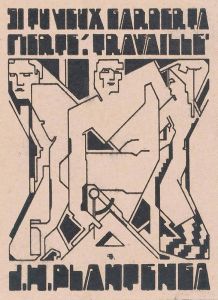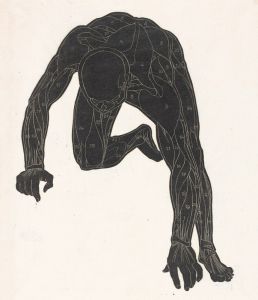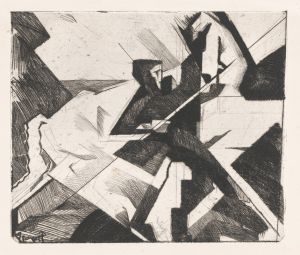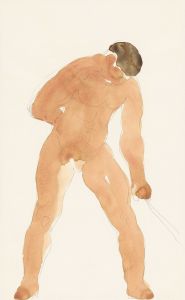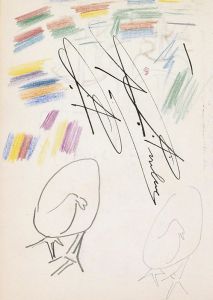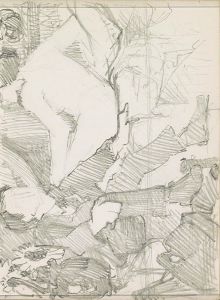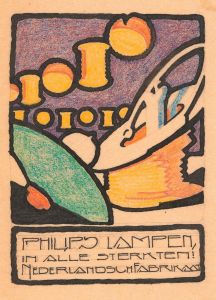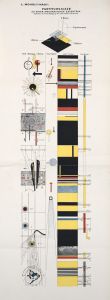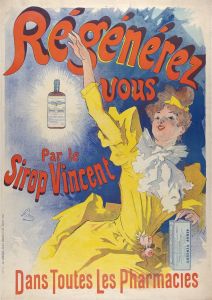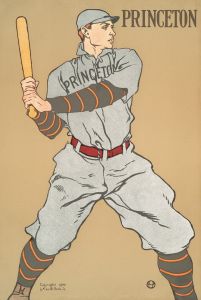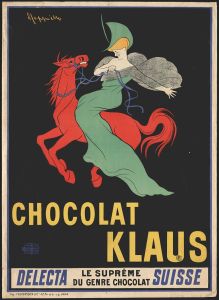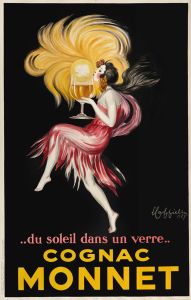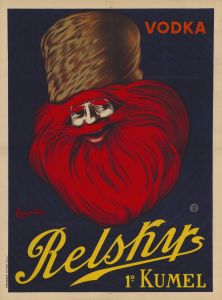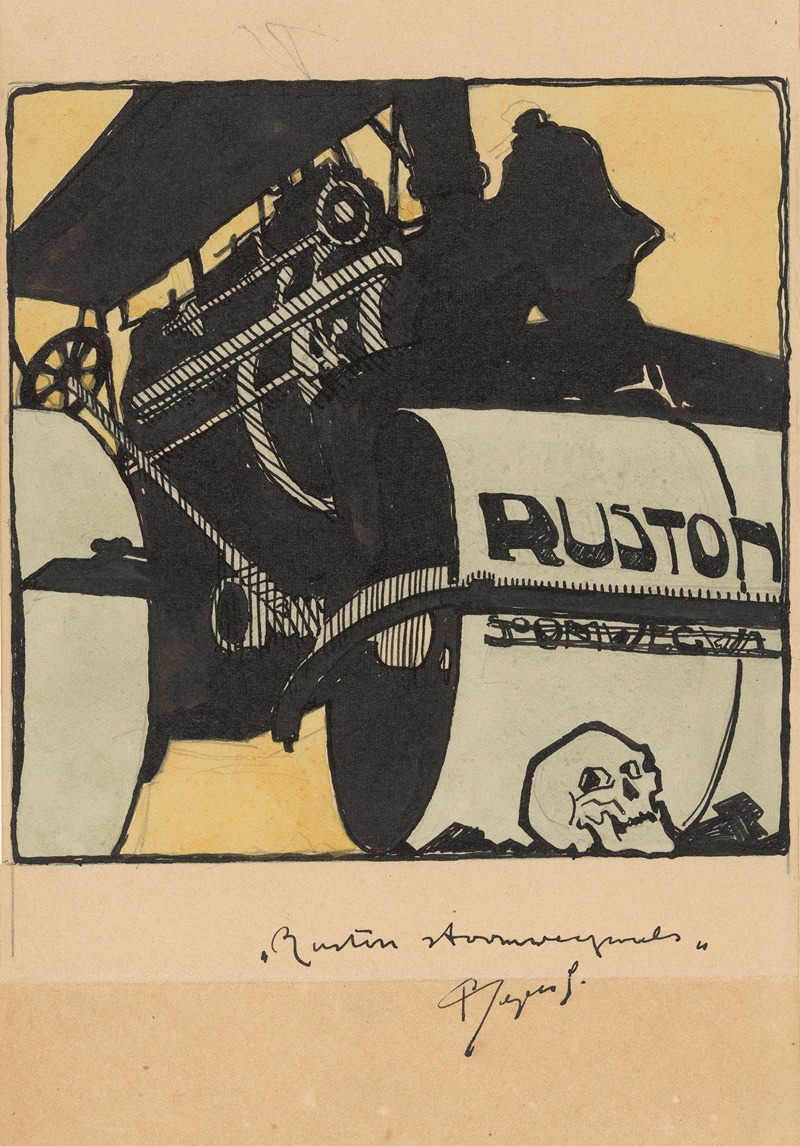
Ontwerp voor reclame voor `Ruston stoomwegwals’
A hand-painted replica of Reijer Stolk’s masterpiece Ontwerp voor reclame voor `Ruston stoomwegwals’, meticulously crafted by professional artists to capture the true essence of the original. Each piece is created with museum-quality canvas and rare mineral pigments, carefully painted by experienced artists with delicate brushstrokes and rich, layered colors to perfectly recreate the texture of the original artwork. Unlike machine-printed reproductions, this hand-painted version brings the painting to life, infused with the artist’s emotions and skill in every stroke. Whether for personal collection or home decoration, it instantly elevates the artistic atmosphere of any space.
Reijer Stolk was a Dutch artist known for his contributions to graphic design and printmaking in the early 20th century. One of his notable works is the "Ontwerp voor reclame voor Ruston stoomwegwals’," which translates to "Design for advertisement for Ruston steamroller’." This piece exemplifies Stolk's skill in combining artistic creativity with commercial design, a common practice among artists of his time who were engaged in the burgeoning field of advertising.
Stolk was born in 1896 in the Netherlands and became active in the art scene during a period when graphic design was gaining prominence as a distinct discipline. His work often reflected the influences of modernist movements, which were characterized by a focus on functionality and simplicity, aligning well with the needs of commercial advertising. The "Ruston stoomwegwals" design is a testament to this approach, showcasing Stolk's ability to convey a clear message through visual means.
The Ruston steamroller, produced by Ruston & Hornsby, a well-known engineering company based in Lincoln, England, was a significant technological advancement of its time. Steamrollers were essential in road construction and maintenance, and advertising them required a blend of technical illustration and appealing design to attract potential buyers. Stolk's design likely aimed to highlight the robustness and efficiency of the Ruston steamroller, appealing to businesses and municipalities involved in infrastructure development.
Stolk's work in advertising was part of a broader trend where artists were increasingly collaborating with industrial and commercial enterprises. This partnership was mutually beneficial: companies received visually compelling advertisements that helped them stand out in a competitive market, while artists like Stolk gained financial support and wider exposure for their work.
The "Ontwerp voor reclame voor Ruston stoomwegwals’" is an example of how art and commerce intersected during the early 20th century. It reflects the era's technological optimism and the role of graphic design in shaping public perception of industrial products. Stolk's contribution to this field underscores the importance of visual communication in the modern world, a principle that remains relevant today.
Reijer Stolk continued to work in graphic design and printmaking throughout his career, leaving behind a legacy that includes a variety of commercial and artistic works. His designs are appreciated for their clarity, aesthetic appeal, and effectiveness in conveying messages, qualities that are evident in his advertisement for the Ruston steamroller.
Overall, Stolk's "Ontwerp voor reclame voor Ruston stoomwegwals’" serves as a historical artifact that provides insight into the early days of industrial advertising and the role of artists in this transformative period.





